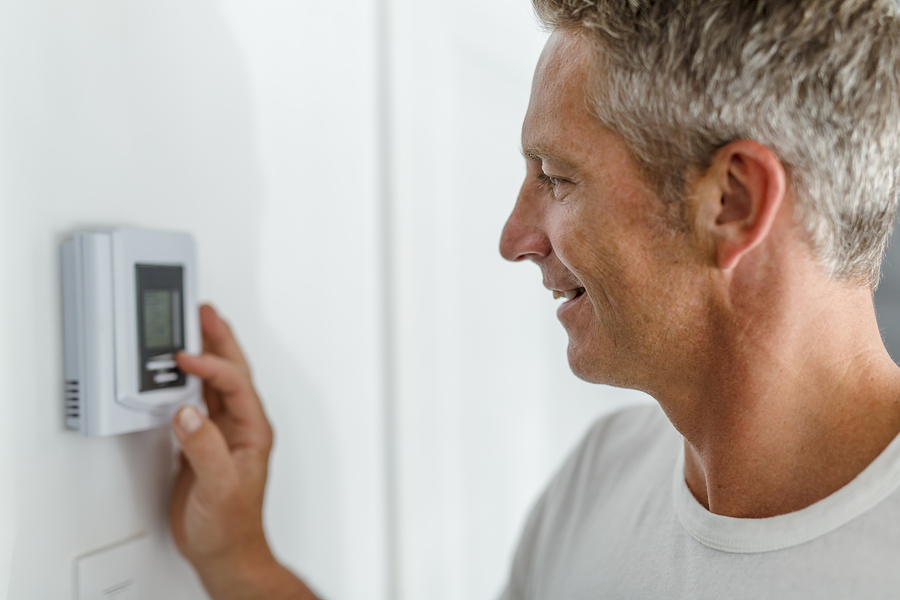We’re always on the lookout for ways our Mate’s can save money and live a stress-free everyday lifestyle, and saving energy is one area that renters and young families can quickly reduce living expenses.
Since Mate’s share, we thought we’d put together a list of the eight most effective energy saving tips to lower your household bills, especially on rental properties.
1. choose energy-efficient appliances
If possible, look to install energy-efficient appliances, like those with the Energy Star rating. These appliances have been through years and years of testing and subsequently provide the most efficient use of your household water and electricity supply.
Also, consider their optimum placement at your property. The closer you can install your washing machine, sinks, and dishwasher to the water heater, the less energy they’ll use. There’s less heat loss when hot water only has a short distance to travel.
2. replace your light bulbs
Australian homes have more light fittings than they used to and lighting now makes up 8 to 15 percent of the average Australian household electricity bill.
You can reduce the use of energy for lighting in your home by 50 percent by switching from incandescent light bulbs to compact fluorescent lamps (CFLs) and light-emitting diodes (LEDs).
You can also try to let natural light in through windows and skylights so that your need for artificial light is reduced during the daytime.
Another energy saving tip is to have light tubes installed. These gadgets capture daylight and deliver it to the dark areas of your home.
3. limit your air conditioning use
You can use passive cooling methods to reduce the need for running your air conditioner, such as shutting off rooms to reduce the size of space you need to cool.
To save energy, try a combination of three tools to cool down your house:
- Fans – box or ceiling fans provide a cheap option for sufficient cooling in warm weather;
- Evaporative coolers – cool in warm weather and work particularly well in low-humidity;
- Air conditioners – use the air conditioner in hot weather and higher humidity conditions.
If you are going to use an air conditioner, buy one that has evaporative coolers that have inverter driven fan motors and use less power.
4. unplug or turn off any appliances when not in use
Especially when you go to work for the day or on vacation, there’s no point in leaving things plugged in. Plugged in means on standby, which uses the power you could save.
You can plug nearby items into a power strip so you only have one thing to unplug and plug back into an outlet when you return home.
5. cut your shower time down
Try to cut down to one shower per day. An Energy Australia survey showed that 29 percent of Aussies shower twice a day and 9 percent shower 3 times a day.
As well as reducing the number of showers you have, if you can shorten your shower time to about 5 minutes instead of the national average of 7 minutes, you’d be amazed at how much water you will save over time. And how much you will slash your energy bill! Instead of multi-tasking as the water runs, turn it off while shaving legs, then rinse. And brush your teeth over the sink.
6. use a dishwasher instead of washing in the sink
You can save water and time by using the dishwasher. A dishwasher uses only 11 litres of water to wash a load of dishes. In contrast, the average hand washed load of dishes requires 49 litres of water, according to a 2009 Bonn University study.
A more recent study by the U.S. Natural Resources Defense Council (NRDC) backed this up. Its 2011 study found that Energy Star-rated dishwashing machines used between 11 to 19 litres of water, while efficient hand-washing used 30 litres.
The dishwasher gets a bad rap as a water guzzler, but it’s a furphy!
7. avoid using a clothes dryer
If you have a clothesline at your rental property then make sure you use it! Clothes dryers use a significant amount of energy and can drive up your energy bill before you know it. Especially in a country like Australia where there is adequate clothes-drying weather outside all year round. You can even get mini clothes racks to dry your clothes around the home if the weather is miserable.
If you must use the dryer, only do so with a full laundry load, wring the clothes beforehand, and clean the lint filter after each use.
8. optimise your fridge and freezer temperatures
Set the temperature in your refrigerator to between 4 to 5 degrees Celsius, and the freezer temperature to -15 to -18 degrees Celsius. This is a good guide for optimal energy use while still keeping your food and drink at the right temperature.
You can also save energy by setting your fridge and freezer up away from direct sunlight or your oven. Try to pick a well-ventilated area that stays cool and allow a gap of five centimetres around all sides of the fridge for air circulation.
What other energy saving tips do you use around the house?

